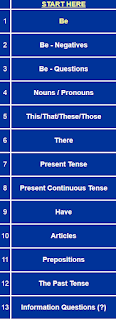Below is an explanation of when to use the passive voice in writing. It is adapted from a post at www.grammarly.com. If you want to read the original, click on the link at the end of this post. Otherwise, you can read my lightly edited version right now:
When to
use the passive voice
There
are times when the passive voice does a better job of presenting an idea,
especially in certain formal, professional, and legal discussions. Here are
three common uses of the passive voice:
1 Reports of crimes
or incidents with unknown perpetrators
My car was stolen yesterday.
If you
knew who stole the car, it probably wouldn’t be as big a problem. The passive
voice emphasizes the stolen item and the action of theft.
2 Scientific contexts
The rat was placed into a T-shaped maze.
Who
places the rat into the maze? Scientists, duh. But that’s less important than
the experiment they’re conducting. Therefore, passive voice is used.
3 When you want to emphasize an action
itself and the doer of the action is not as important:
The president was sworn in on a cold January
morning.
How
many people can remember off the top of their heads who swears in presidents?
Clearly the occasion of swearing in the commander in chief is the thing to
emphasize here. In each of the above contexts, the action itself—or the person
or thing receiving the action—is the part that matters. That means the
performer of the action can appear in a prepositional phrase or be absent from
the sentence altogether.
Adapted from:






































